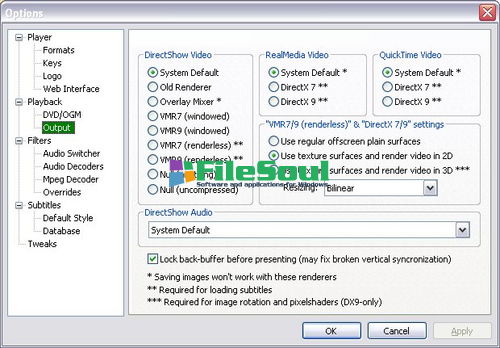
VLC is now using a unicode font that can display all Chinese, Korean and Japanese characters correctly. You might need to restart VLC after changing these font settings. If Arial Unicode MS is not in the list, you can download and install it from here Now make sure the font is set to Arial Unicode MS, other unicode fonts should also work. Step 3: expand the Subtitles / OSD item, and select text renderer. mkv file in Media Player Classic, it may or not play. mkv files, it just takes a few more steps than using VLC. Step 2: in the bottom left corner of the preferences screen underneath show settings, select the all radiobutton If you already use Media Player Classic as your video player, you can still play. Some icons are licensed under the CC BY-SA 3.0+. Media Player Classic - Home Cinema 1.9.

VideoLAN software is licensed under various open-source licenses: use and distribution are defined by each software license. Step 1: open the VLC settings by pressing Ctrl+ P or by going to Tools > Preferences VideoLAN, VLC, VLC media player and x264 are trademarks internationally registered by the VideoLAN non-profit organization. If you are sure the file is encoded in UTF-8 but the subtitles still show up as boxes or weird symbols, you should make sure you are using the right font in VLC. You can easily convert a text file to unicode with the convert to UTF-8 tool. You need to convert the subtitles to UTF-8 for them to be readable in VLC.

The second picture is the same file converted to UTF-8, displaying correctly. Get your favorite movies in your own language with SRT - Subtitle Player.

Disclaimer: it seems that SRT - Subtitle Player hasn't been updated for several years, thus it may not work on your computer, or run with recurring errors. The first picture shows a file using Chinese text encoding, and can't be read by Notepad or VLC. Windows XP Windows Vista Windows 2000 - English.


 0 kommentar(er)
0 kommentar(er)
